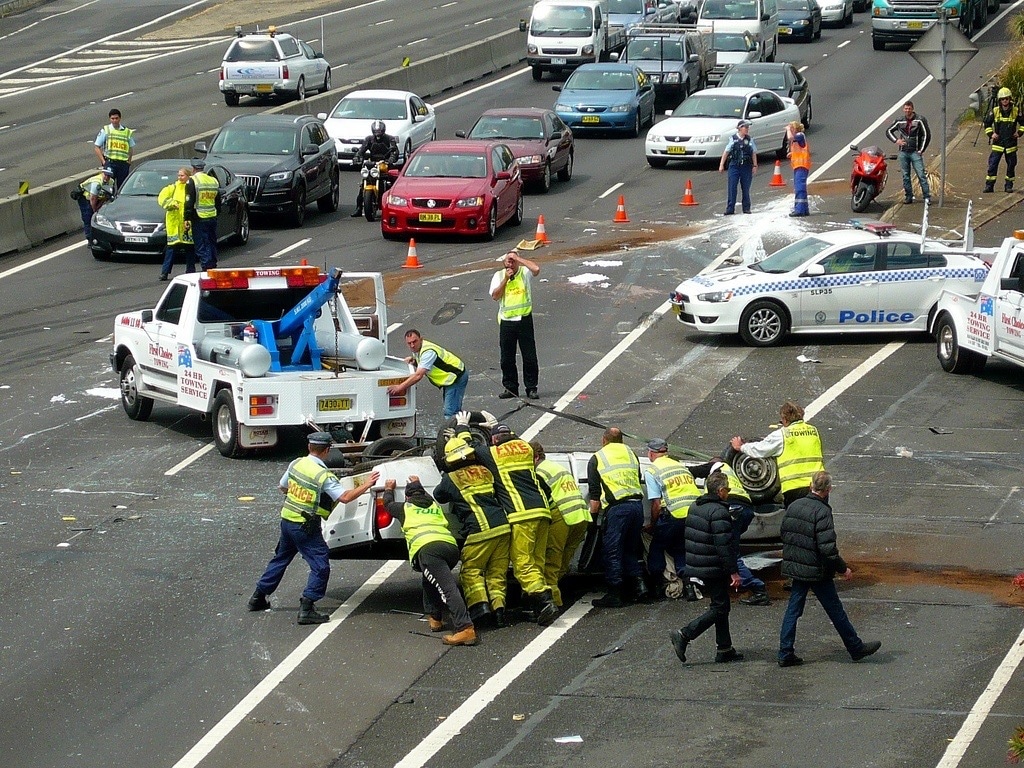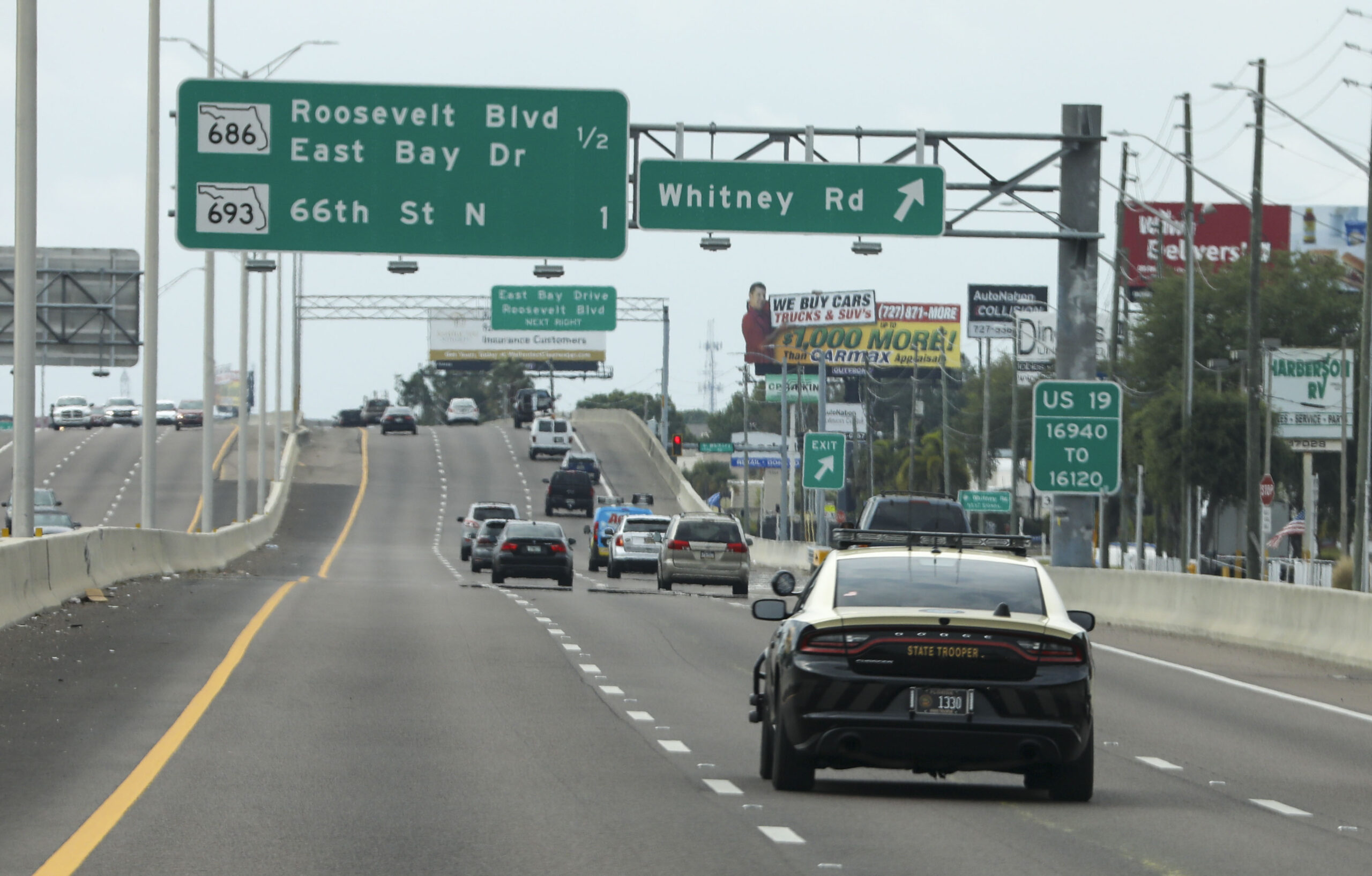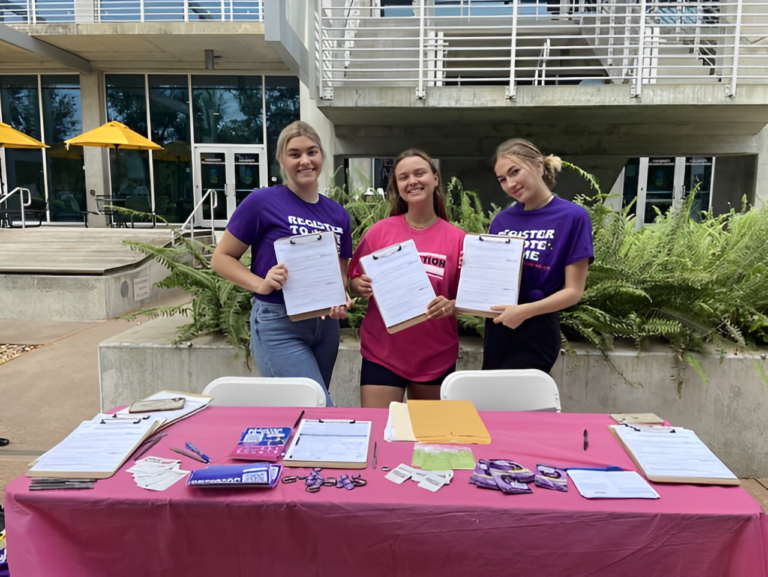The National Highway Traffic Administration warns that nearly one-third of fatal crashes involve speeding drivers.
Unfortunately, according to Volusia County Sheriff Mike Chitwood, more motorists are now zooming down Florida highways at 100 miles per hour or faster, showing a blatant disregard for traffic laws.
Recently, a horrifying incident in Polk County saw a vehicle, barely recognizable as a car, after hurtling down Interstate 4 at a staggering speed of 130 miles per hour. Sheriff Chitwood, with over three decades in law enforcement, expresses shock at the unprecedented level of reckless driving witnessed today.
In just a few hours, law enforcement officers are issuing numerous tickets to drivers exceeding 100 miles per hour, highlighting the alarming trend. One particularly alarming case involved a motorcyclist blazing at 145 mph.
Sheriff Chitwood notes a significant increase in reckless driving since the onset of the COVID-19 pandemic, with drivers showing an utter disregard for traffic safety and laws.
However, apprehending speeding drivers presents challenges for law enforcement, as they must weigh the risks of pursuing them and potentially endangering the public further. For instance, Ashton Jarvis, the motorcyclist clocked at 145 mph, managed to evade deputies multiple times before finally being caught.

Deputies employ various tactics, including pit maneuvers, to stop dangerous drivers, but these maneuvers come with considerable risks.
According to the Florida Safety Council, the risk of fatal crashes doubles with every 10 mph increase in speed.
Related Articles:
- Heartwarming Tale: Dog Finds New Home After Year in Shelter
- Tennessee Fugitive Apprehended Trying to Enter US from Canada
- Florida Blocks Local Heat Protections for Outdoor Workers
The Florida Department of Transportation underscores the importance of maintaining a safe following distance, emphasizing that at 50 mph, drivers need at least three seconds to react and avoid obstacles ahead, covering about 245 feet in that time frame.
Hence, the faster the speed, the less time and space drivers have to react, increasing the likelihood of accidents.







+ There are no comments
Add yours